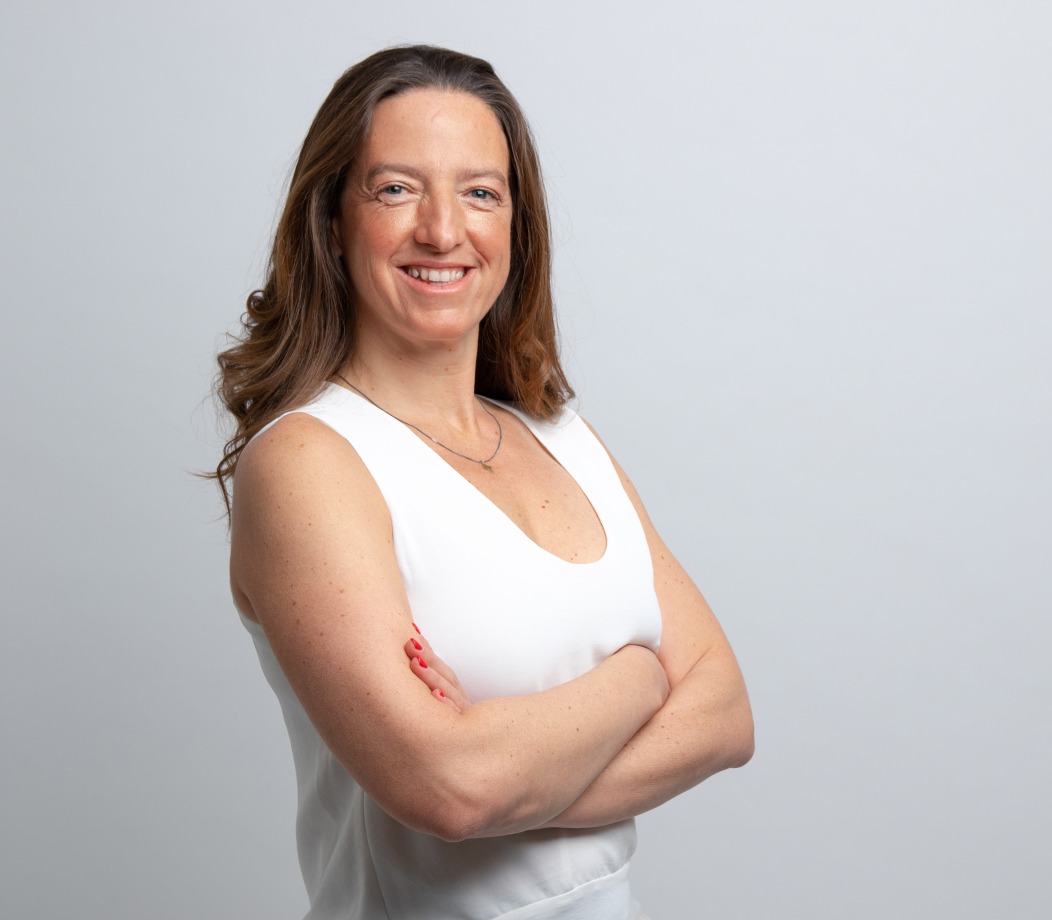Although the rates of sucess we have nowadays with dental implant treatment are very high, unfortunately also dealing with biological periimplant complications is.
How is it possible to improve this rates?
The causes that lead to these results are several, so it is important that efforts are done to try to minimize each one of them. Shifting more from cemented-retained rehabilitations to screw-retained, having a proper oral hygiene and maintenance capability of the rehabilitation, good compliance with maintenance appointments, using multi-unit abbutments for multi-unit rehabilitations or one-abbutment one-time for single ones are some examples on how we can try to improve to maintain healthier the periimplant tissues.
Can surfaces characteristics of implant and abbutment play an important role in this process?
The surfaces characteristics of an implant can lead to biological activation of osseointegration through (Feller L, et al. Biomed Res Int.2015: 171945):
- formation, stabilization and organization of blood clot
- formation of angiogenic tissue
- apposition of newly formed bone
- recruitment of progenitor osteogenic cells from the bone marrow to the implant surface
Over the years there has been different modification technologies applied (e.g. anodization, sandblasting) to implant surfaces, which caused surface roughness leading to an increase of implant sucess and survival rate when compared to machined implant surfaces. (Olsson M, et al. Swed Dent J 2015;36(4): 221.)
The challenge we are facing nowadays is not anymore oseeointegration, but soft tissue integration and protecting surfaces from bacterial accumulation. (Milleret V, et al. Clin Implant Dent Relat Res 2019;21:e15–e24.) Controlling roughness, porosity and morphology and the chemistry of implant and abutment surface may lead to a balance between cleanibility and tissue integration, diminishing the frequency of biological periimplant complications. Time through science will tell us.
